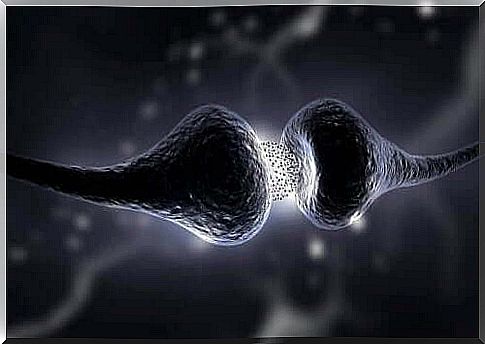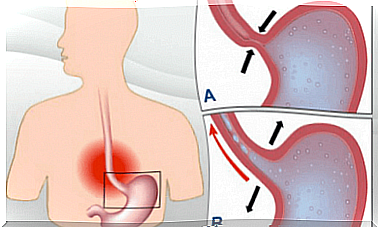Learn All About The Disease Myasthenia Gravis

Myasthenia gravis is an autoimmune disease characterized by a weakening of will-controlled muscles. This disease causes the immune system to attack the muscle receptors that allow them to move. This means that it disrupts the connection between nerves and muscles, which does not allow them to function properly.
The term myasthenia gravis comes from Latin and means “severe muscle weakness”. It affects around 1 in 5,000 people. Although it can occur at any age, it is most common before the age of 40 for women and 50 for men.
It is a very inhibitory and complex disease that still has no cure. However, certain treatments help relieve the symptoms. In this article we will explain everything you need to know about this disease.
All about myasthenia gravis
To understand this disease, we must first understand how the muscles work.
Muscles get chemical signals from the nerves. Normally, when we do voluntary movements, these substances are released to the nerve endings. These substances act on the muscle receptors and the movement occurs with the desired strength and precision.

However, myasthenia gravis weakens the immune system and attacks these muscle receptors. This prevents the chemicals from activating the muscles, causing weakness and fatigue. This muscle weakness gets worse after a period of activity.
It usually affects the muscles that control facial expressions, chewing or swallowing. It can even affect the muscles that control respiration.
Symptoms
As we mentioned above, muscle weakness is the biggest symptom. This weakening gets worse when the muscle is used repetitively and improves with rest. Unfortunately, the symptoms often get worse over time and within a few years of this disease they can become quite severe.
Although it affects a number of muscle groups, these are most often affected:
- The eye muscles. Most people who suffer from myasthenia gravis have vision problems such as double vision. They also tend to suffer from drooping eyelids.
- Many of the patients have difficulty speaking. They also have a nasal, soft voice.
- The swallowing process. This disease affects simple movements such as chewing and swallowing. This means that there is a risk of getting food in the throat when eating or drinking.
- Facial expression. Patients with myasthenia gravis usually cannot smile normally.
- Furthermore, the weakness may manifest itself in the limbs or neck. When this occurs, it changes the patient’s ability to walk or hold their head in a natural position, which is why their head tends to fall to the side.

How to diagnose myasthenia gravis
To diagnose myasthenia gravis, the doctor must first of all know about all the symptoms and the patient’s medical history. Then they have to go through a thorough physical examination.
A number of additional tests are also required to confirm the diagnosis. For example, the doctor will most likely perform a neurological test to check muscle strength and tone, reflexes and coordination.
Blood tests also provide useful information for diagnosis. As we have already explained, this is an autoimmune disease. Precisely for this reason, antibodies are often found in the patient’s blood. The doctor also uses other tests, such as:
- The ice sample, which is useful when the patient has drooping eyelids. The doctor puts an ice pack on the eyelid for about two minutes and then analyzes if there are any movements in the area.
- Repetitive nerve stimulation. This test sends electrical impulses to the nerves to see if they stimulate the muscle.
Conclusion
Myasthenia gravis is a complex disease characterized by muscle weakness. It can affect various parts of the body such as the eyes, limbs or respiratory muscles.
It is a serious disease that can endanger the patient’s life. In addition, there is still no cure, which is why it is important to consult a doctor due to any symptom so that they can prescribe the most appropriate treatment to control them.









